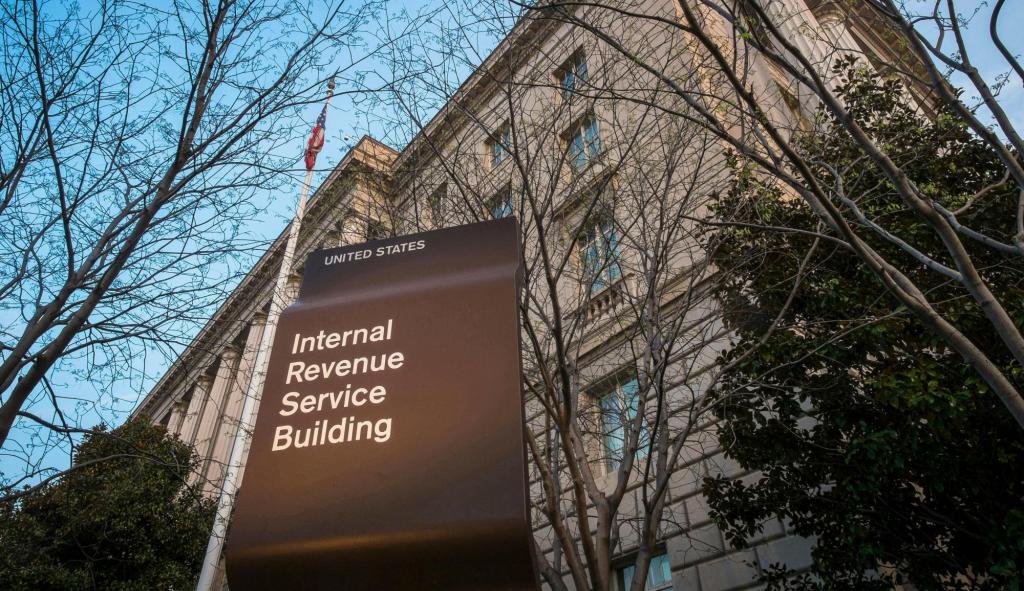
The 2025 US tax filing season officially begins on January 27th, and Americans will soon be reminded that our tax code remains a complex, burdensome mess.
With taxes at the forefront of the Trump administration’s agenda and his 2017 tax reforms set to expire at the end of the year, lawmakers must seize this opportunity to simplify the tax code once and for all.
Taxes impact all Americans in some form, whether through earnings, savings, purchasing, or other financial planning. When it comes to federal income taxes, more than 162 million individual income tax returns were filed last year.
Tax filing season tends to bring frustration, confusion, and headaches. Sometime in January, workers will receive their W2s. Then, for weeks on end, they will sweat and lose sleep over whether they made any mistakes on their tax returns as they wait for the IRS to accept it before the April deadline.
One reason this process feels so dreadful is because the average American doesn’t understand how the tax code works. If you think you’re the only one who doesn’t grasp the system, according to the latest research, you’re not alone.
A recent poll from the Tax Foundation found that most American taxpayers—regardless of age, education, or income level—do not understand basic income tax filing concepts.
For example, one of the biggest misconceptions related to income tax filing is how the federal graduated-rate income tax structure works, or how our tax brackets actually apply to our income. The Tax Foundation’s National Tax Literacy Poll found that more than half of American taxpayers misunderstood or were unsure of how rates applied to their income.
If a filer falls into the 22 percent bracket, not all of their income is taxed at that rate, only the amount that actually falls within that bracket—which today would mean every dollar you earn after reaching $47,151 in income. This means some of your income is taxed at 10 percent, some at 12, and the remainder at the 22 percent rate until you reach the next income bracket level.
Yet if a filer believes all their income is taxed at the highest rate, they may forgo a promotion or new role, believing they may lose money by earning more.
Additionally, taxpayers were also confused by some of the code’s definitions—like the difference between a tax credit and a tax deduction. When asked which was more valuable, a $1,000 tax credit or a $1,000 tax deduction, 64 percent of respondents answered incorrectly. This could lead filers to choose an option that provides less financial benefit for them or their family.
Understanding filing concepts like these can make tax season less daunting. But all this also begs the question: can’t the tax code just be simpler to begin with?
It’s not that taxpayers just misunderstand the tax code; they are also dissatisfied with it. Whether Democrat, Republican, or somewhere in between, most Americans believe the tax code is too complex and in need of reform. People generally believe federal taxes are too high and the value they receive in government services does not match what they pay in taxes.
With Trump’s 2017 tax cuts expiring this year, the new administration has a chance to simplify the code and make it easier to understand and comply with. While the 2017 reforms weren’t perfect, they were a step toward simplification for individuals and families. If lawmakers work to make its best features permanent, such as a higher standard deduction and lower income tax rates, Americans can start to have greater clarity toward their tax bill—and less stress when it comes time to file.
But, on the flip side, if the law expires, 62 percent of Americans may face a tax hike.
Tax season may never be seen as fun, but this year provides Washington a perfect opportunity to make it less confusing. The easiest way to achieve this is by working toward permanent policies that support workers and families.
Zoe Callaway is Vice President of Education at the Tax Foundation.



